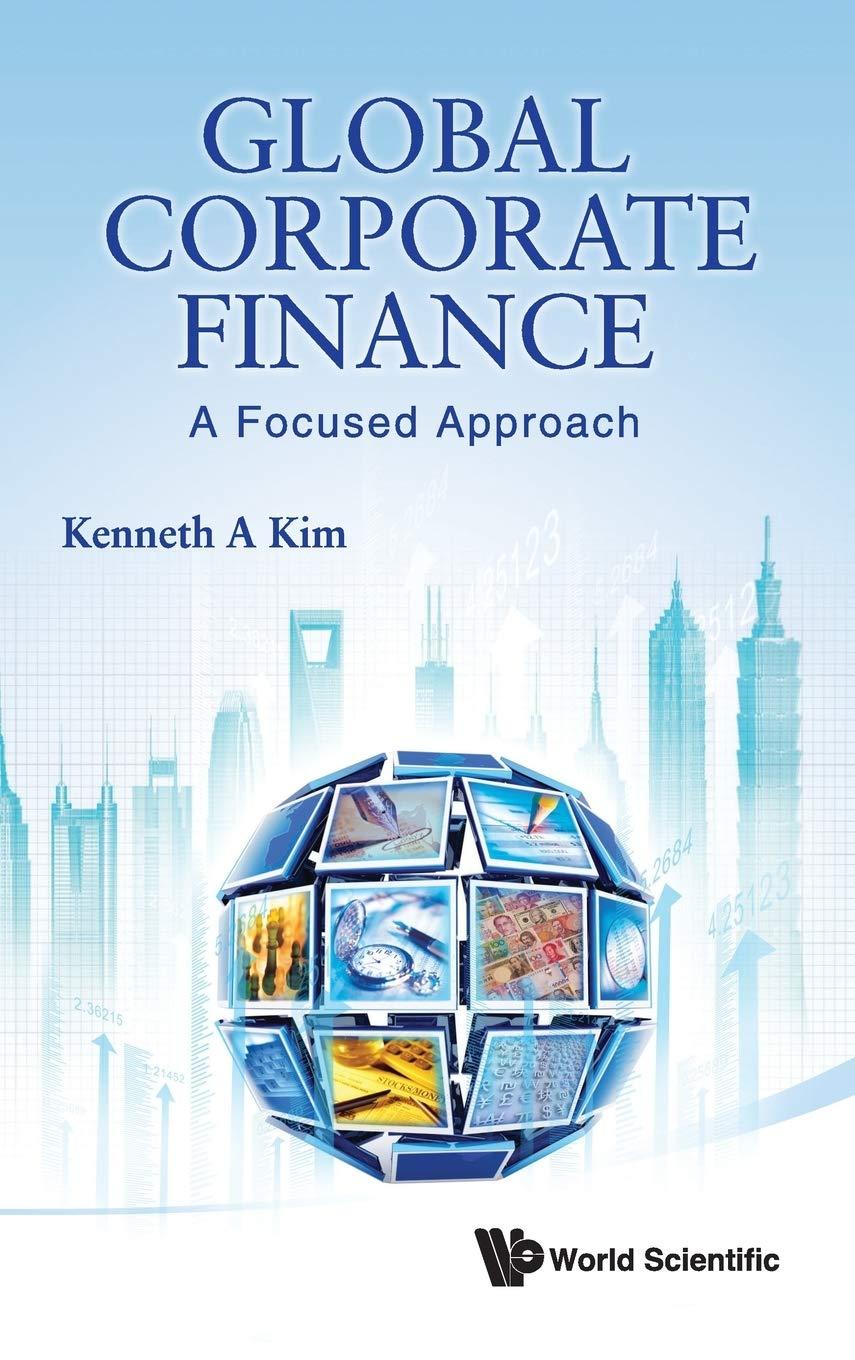










Profitability and Risk Analysis of Walmart Stores Part A Walmart Stores (Walmart) is the world's largest retailer. It employs an "everyday low price" strategy and operates stores as three business segments: Walmart Stores U.S., International, and Sam's Club. 1. Walmart Stores U.S.: This segment represented 62.3% of all 2015 sales and operates stores in three different formats: Discount stores (104,000 average square feet), Supercenters (178,000 average square feet), and Neighborhood Markets (42,000 average square feet). Each format carries a variety of clothing, housewares, electronic equipment, pharmaceuticals, health and beauty products, sporting goods, and similar items, and Supercenters include a full-line supermarket. 28 Walmart U.S. stores are in all 50 states; Washington, D.C.; and Puerto Rico. Discount stores are in 41 states, Supercenters are in 49 states, and Neighborhood Markets are in 31 states. Customers also can purchase many items through the company's website at www.walmart.com. 2. International: The International segment includes wholly owned subsidiaries in Argentina, Brazil, Canada, Chile, China, India, Japan, and the United Kingdom; majority-owned subsidiaries are in Africa, Central America, and Mexico. The merchandising strategy for the International segment is similar to that of the Walmart U.S. segment. 3. Sam's Clubs: Sam's Clubs are membership club warehouses that operate in 48 states. The average Sam's Club is approximately 134,000 square feet, and customers can purchase many items through the company's website at www.samsclub.com. These warehouses offer bulk displays of brand name merchandise, including hard goods, some soft goods, institutional-size grocery items, and certain private-label items. Gross margins for Sam's Clubs stores are lower than those of the U.S. and International segments. 28 Walmart's fiscal year ends at the end of January of each year. Despite Walmart's convention of referring to its year ending January 31, 2016, as its fiscal 2016, we follow the common practice of referring to it as 2015 because 11 of the 12 months fall within 2015. This same convention holds true for Carrefour and Target in Part B of this case. Walmart uses centralized purchasing through its home office for substantially all of its merchandise. It distributes products to its stores through regional distribution centers. During fiscal 2015, the proportion of merchandise channeled through its regional distribution centers was as follows: Exhibit 4.43 sets out various operating data for Walmart for 2013 through 2015. Exhibit 4.44 presents segment data. Exhibit 4.45 presents comparative balance sheets for Walmart for 2012 through 2015 (an extra year to enable average balance computations when necessary), Exhibit 4.46 presents comparative income statements for 2013 through 2015, and Exhibit 4.47 presents comparative statements of cash flows for 2013 through 2015. Exhibit 4.48 presents selected financial statement ratios for Walmart for 2013 through 2015 . The statutory income tax rate is 35%. REQUIRED a. What are the likely reasons for the changes in Walmart's rate of ROA during the threeyear period? Analyze the financial ratios to the maximum depth possible. b. What are the likely reasons for the changes in Walmart's rate of ROCE during the threeyear period? Note: Requirements c and d require coverage of material from Chapter 5. c. How has the short-term liquidity risk of Walmart changed during the three-year period? d. How has the long-term solvency risk of Walmart changed during the three-year period? (Continued) (Continued) alicated, in whole or in pant. Hue to electronsc rights, some third party content may he suppresed fom the ebook andior eChapten irning experience. Cengage Learning reserves the right wo remove additsonal content at any time if subsequent rights restrictions re Profitability and Risk Analysis of Walmart Stores (Continued) \begin{tabular}{llccc|} \hline & Exhibit 4.48 & (Continued) & & \\ \hline Risk Ratios & & & \\ Current ratio & 0.93 & 0.97 & 0.88 \\ Quick ratio & 0.22 & 0.24 & 9.51 \\ Accounts payable turnover & 9.37 & 9.64 & 32.95% \\ Cash flow from operations to current liabilities ratio & 42.18% & 42.44% & 35.39% \\ Long-term debt to Long-term capital & 34.50% & 33.60% & 60.27% \\ Total liabilities/Total assets ratio & 58.11% & 57.77% & 19.00% \\ Cash flow from operations to total liabilities ratio & 23.46% & 23.71% & 11.1 \\ Interest coverage ratio & 9.2 & 10.6 & \\ \hline \end{tabular}

















